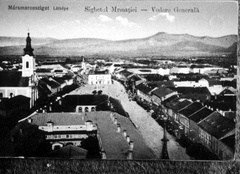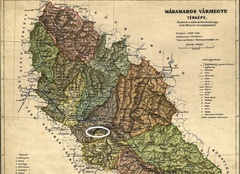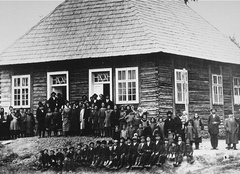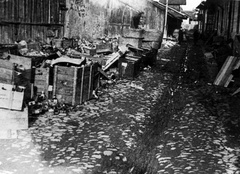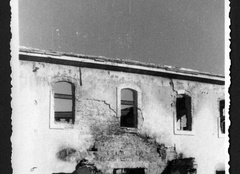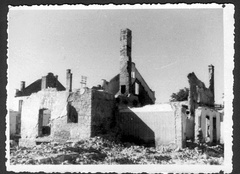Sighet
Pronounced "See-get" (Romanian: Sighet, Hungarian: Sziget, German: Siget, Yiddish: סיגעט / Siget)
Jews first settled in Sighet, a small town in the Principality of Transylvania, in the 1600s. Although the region was ruled by Hungarian princes it had fallen under the domain of the Ottoman (Turkish) Empire. During this period Jewish merchants often traded items such as furs, steel and textiles with the neighboring Kingdom of Poland.
In 1711 the Hapsburg dynasty reoccupied the area and Sighet became part of the Austro-Hungarian Empire. The Jewish community of the town built its first synagogue in 1770 and by 1830 the Jewish population had reached about 430 people. The town’s Great Synagogue was consecrated in 1836. It would play a central role in the Jewish religious life of Sighet for the next hundred years. A Hebrew-language printing press began operating in 1874 and would eventually produce more than 200 works.
By 1910, the approximately 8,000 Jews of the town made up about 37 percent of the town’s total inhabitants, 80 percent of whom considered Hungarian their first language. Sighet became the headquarters of the Hungarian Zionist Movement, an organization that advocated for the creation of a Jewish state.
At the end of World War I (1914-1918) members of the Jewish community organized self-defense units in response to antisemitic robberies and attacks committed by returning Hungarian soldiers. The Austro-Hungarian Empire dissolved and Transylvania became part of the newly independent state of Romania.
Despite the rise of antisemitic political parties, such as the fascist Iron Guard, the Jewish community of Sighet continued to grow. An Orthodox school for about 150 students opened in the mid-1920s and by 1930 the Jewish population had increased to about 11,075 people (roughly 40 percent of the total population).
Survivor Renée Danziger was born to a Hungarian-Jewish family in Sighet in 1927. She remembered that “it was a very nice town…with a plaza, beautiful flowers.” Danziger added, “My father was a very successful businessman.”
During World War II the Hungarian government allied with Nazi Germany. As a result, the area around Sighet was transferred from Romania to Hungary in August 1940. The next month Romanian King Carol II abdicated the throne and the Jews of Sighet faced violent pogroms organized by the antisemitic Iron Guard. The textile factory owned by Danziger’s father was confiscated and Jews were no longer allowed to attend school. Danziger remembered that she “walked six miles a day” to go to school in Czechoslovakia.
In 1941 any Jews who did not hold Hungarian citizenship were expelled from Sighet. Many were sent to ghettos before being deported to the Auschwitz death camp. Young Jewish men were drafted into “labor battalions” in Ukraine where many starved to death or were murdered. Thousands of Jewish refugees fled to Sighet seeking safety, only to find themselves walled into a ghetto in April 1944. The 13,000 residents of the ghetto lived 15 to 24 people per room and were guarded by armed military personnel.
Between May 16, 1944 and May 21, 1944 all the surviving Jews of the Sighet ghetto were deported to Auschwitz, including the family of 17-year-old Renée Danziger. The Great Synagogue of Sighet was destroyed, signaling the annihilation of the town’s 300-year-old Jewish community.
Sighet: Photographs & Artifacts
-
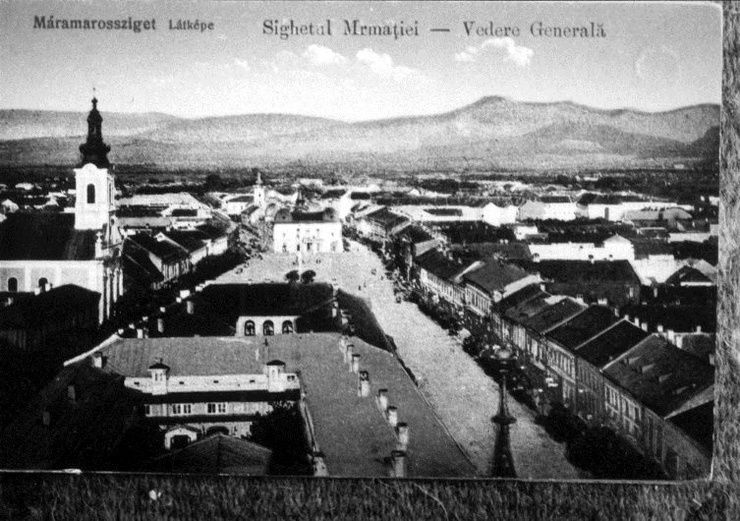 A street scene in Sighet before the war. Credit: Yad Vashem
A street scene in Sighet before the war. Credit: Yad Vashem -
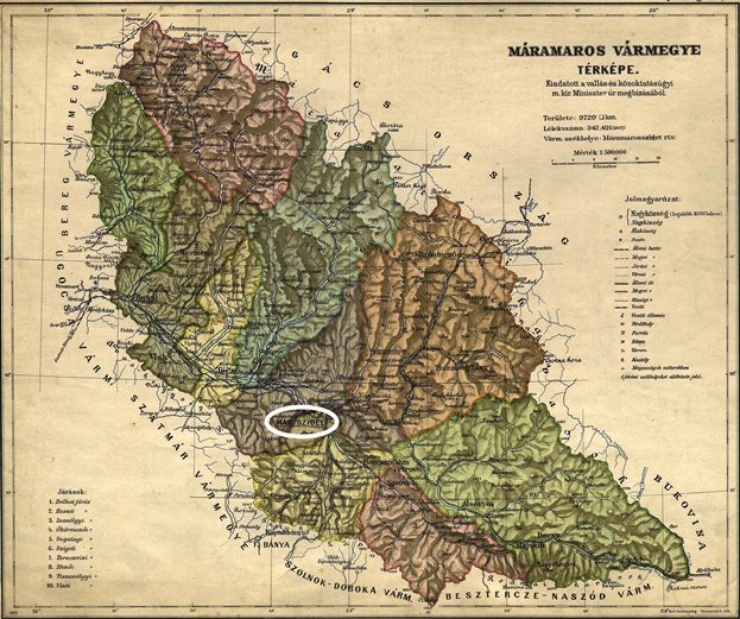 Before World War I, Sighet belonged to the Kingdom of Hungary. This map from 1910 shows its location within the county of Máramaros. Credit: WIkimedia Commons / Public Domain
Before World War I, Sighet belonged to the Kingdom of Hungary. This map from 1910 shows its location within the county of Máramaros. Credit: WIkimedia Commons / Public Domain -
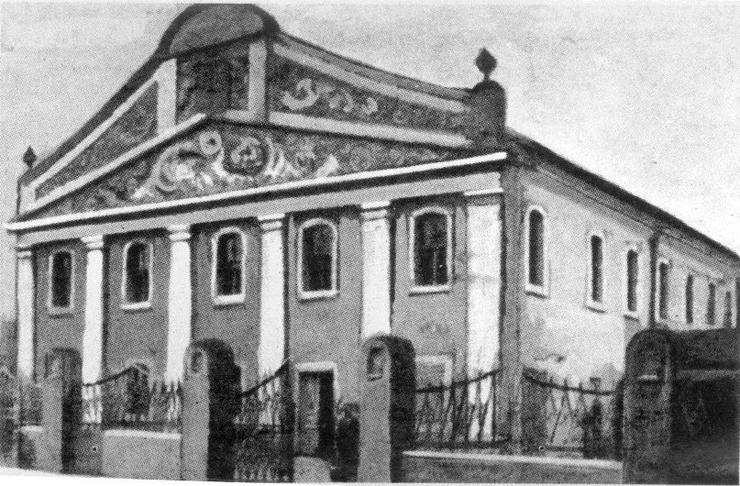 The Great Synagogue in Sighet as it appeared before World War II. Credit: Yad Vashem
The Great Synagogue in Sighet as it appeared before World War II. Credit: Yad Vashem -
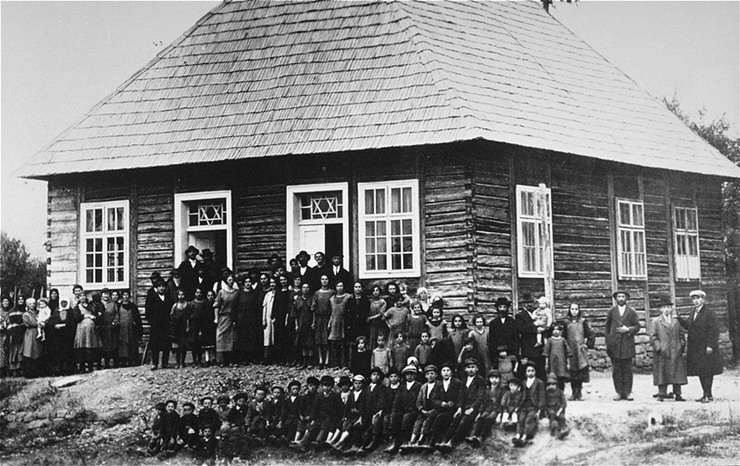 Group portrait of members of the Jewish community of Crăciunești (about five miles east of Sighet) in front of a wooden synagogue, ca. 1930-1939. Credit: United States Holocaust Memorial Museum, courtesy of Mitchell Eisen
Group portrait of members of the Jewish community of Crăciunești (about five miles east of Sighet) in front of a wooden synagogue, ca. 1930-1939. Credit: United States Holocaust Memorial Museum, courtesy of Mitchell Eisen -
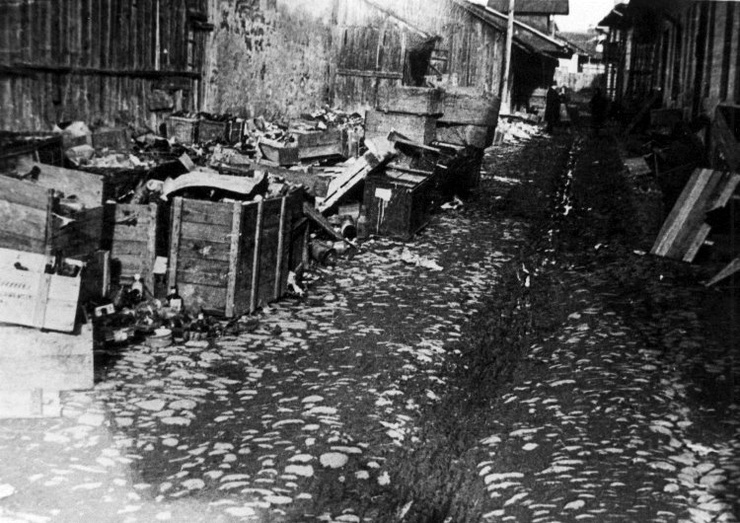 A view of the ghetto in Sighet after the deportation of Jews. Credit: Yad Vashem
A view of the ghetto in Sighet after the deportation of Jews. Credit: Yad Vashem -
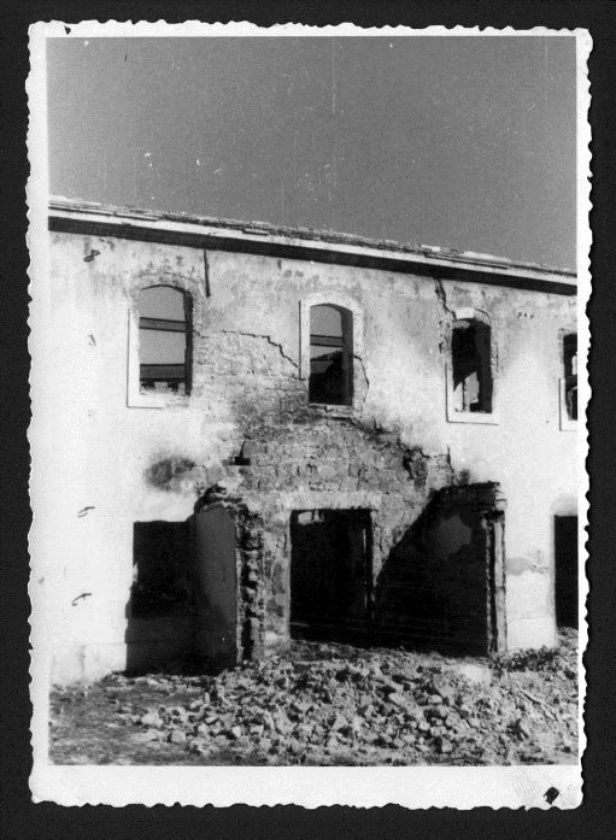 Ruins of the Great Synagogue in Sighet, August 1945. Credit: Yad Vashem
Ruins of the Great Synagogue in Sighet, August 1945. Credit: Yad Vashem -
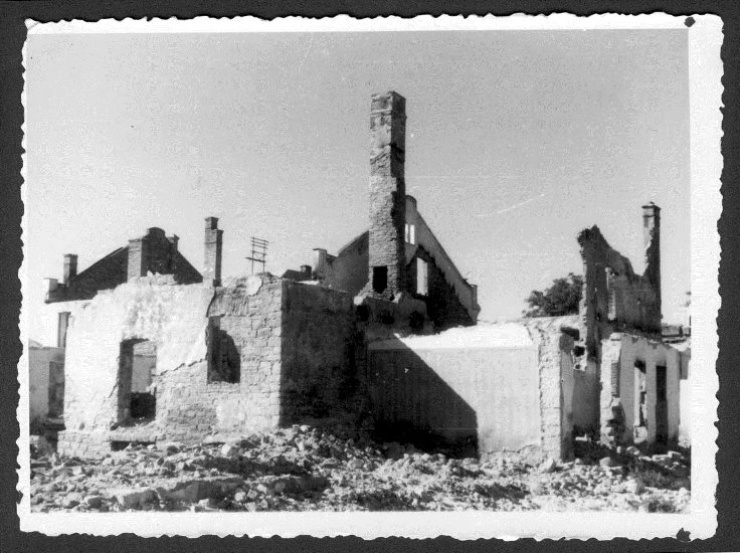 Ruins of the Jewish community center in Sighet, August 1945. Credit: Yad Vashem
Ruins of the Jewish community center in Sighet, August 1945. Credit: Yad Vashem -
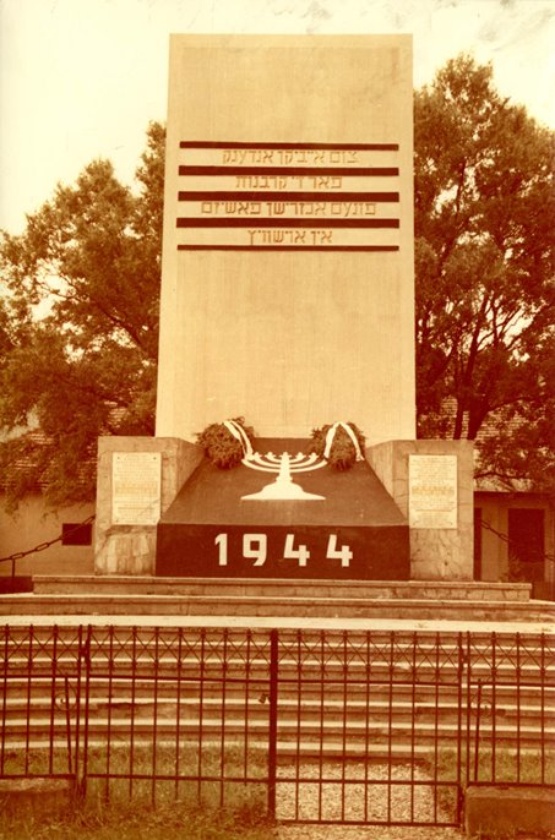 A monument in Sighet, postwar. Credit: Yad Vashem
A monument in Sighet, postwar. Credit: Yad Vashem
Destroyed Communities Memorial Slope
Sighet: Survivors

I don’t ever say, ‘Why me?’ because I know why me, and here I am, one of the very grateful. . . . I have to use the word ‘grateful’ because it describes my life more than anything. I don’t take a moment for granted, and that’s the big lesson we learned.
